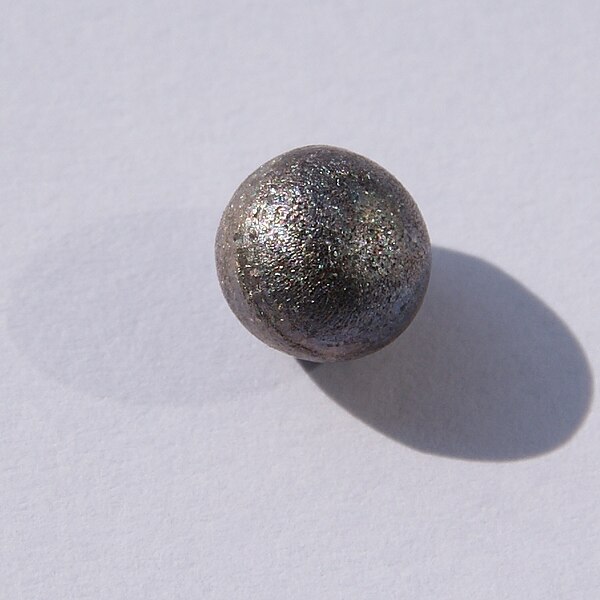Niobium is a metal with a secret identity!
In 1801, Charles Hatchett (an English chemist) discovered a metal which he called columbium. Forty years later, Heinrich Rose (a German chemist) rediscovered this metal and called it niobium. The metal has had a dual identity ever since, even though chemists across the world agreed to call it niobium in 1949.
When niobium is mixed with certain other metals (such as titanium, tin and aluminium), it becomes a superconductor. What’s a superconductor? Well, normally, when electricity passes through a material, it loses some power as it comes up against some resistance trying to stop it.
The amount of resistance it comes up against depends on the material. But a superconductor has no resistance trying to stop the electric current. This means that electricity can pass straight through it without losing any power at all.
Niobium can be a superconductor on its own too, but it needs to be cooled down to a mind-chilling -264˚C to see this happen. To give you an idea of just how cold that is, your freezer at home is probably about -18˚C.
Niobium’s superconductive properties mean it’s used to make very strong magnets. The intense magnets in MRI devices used in medicine to scan inside bodies contain niobim, along with particle accelerators such as the Large Hadron Collider at CERN.


